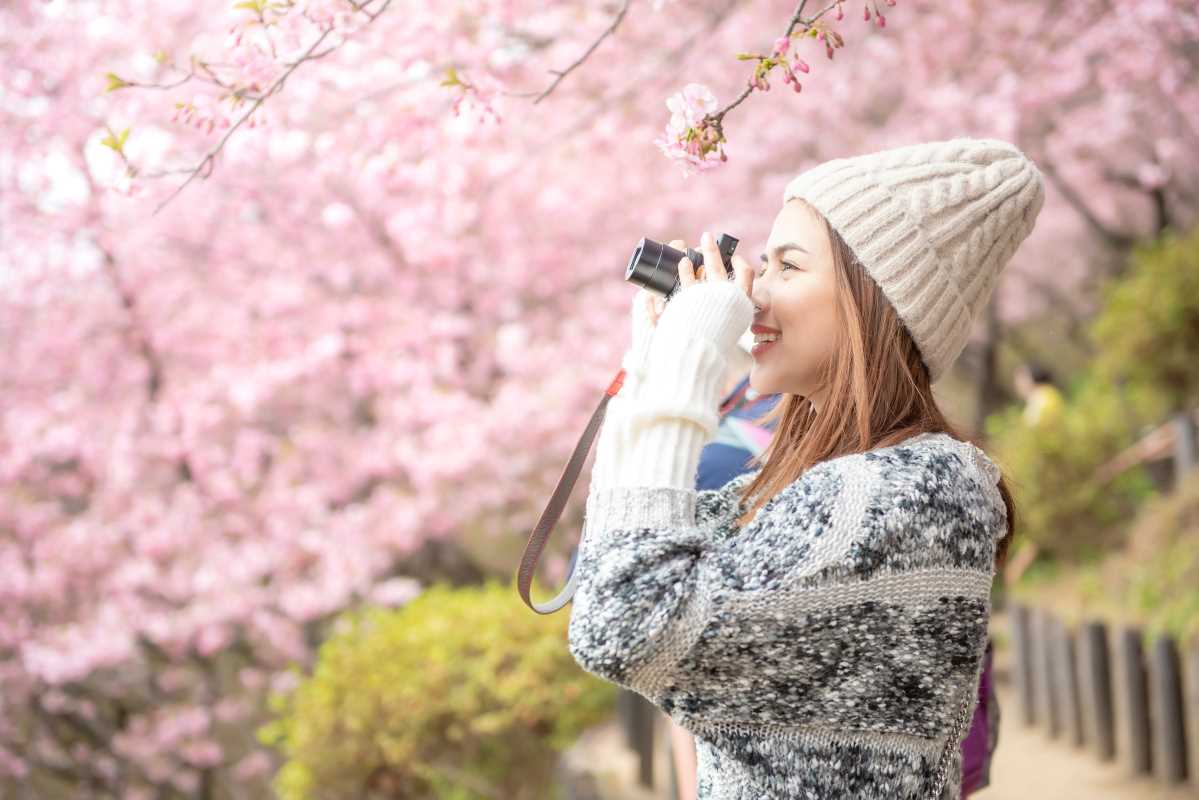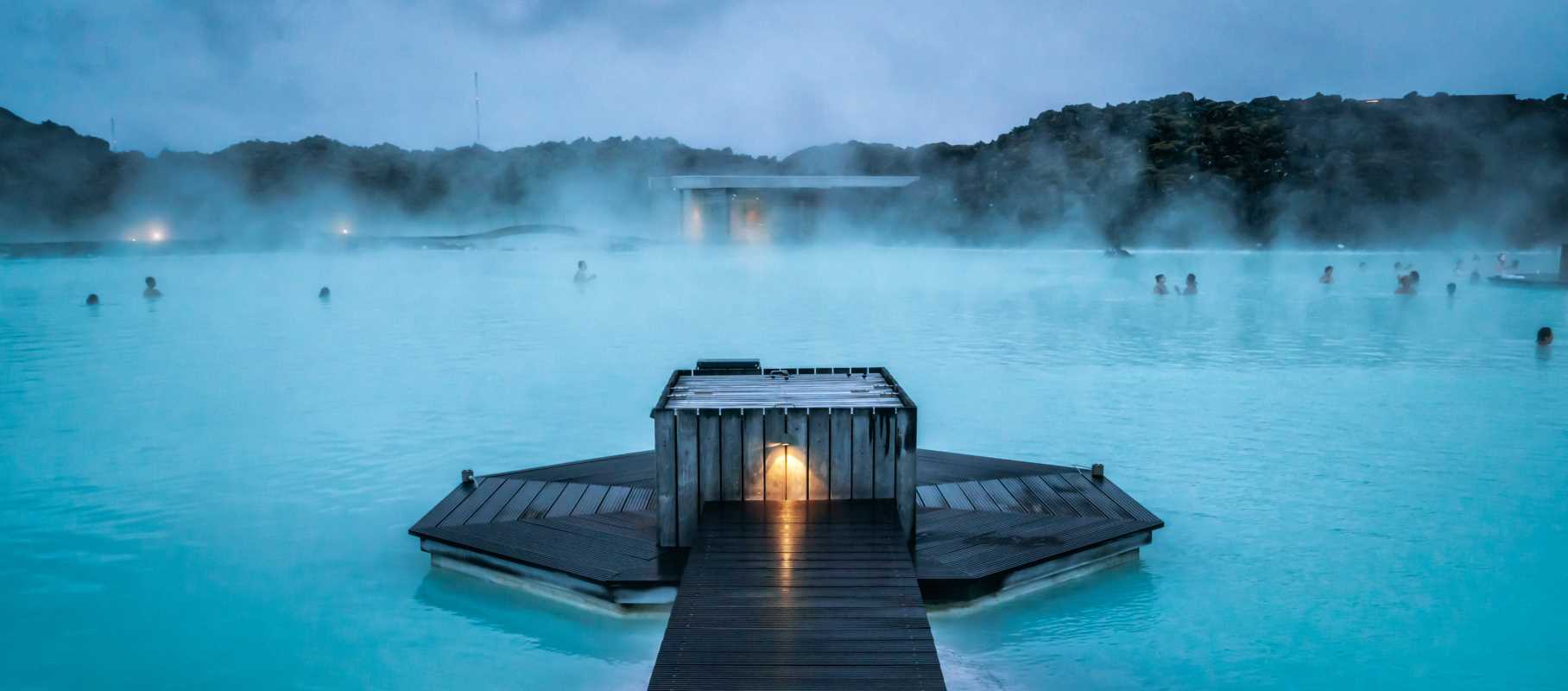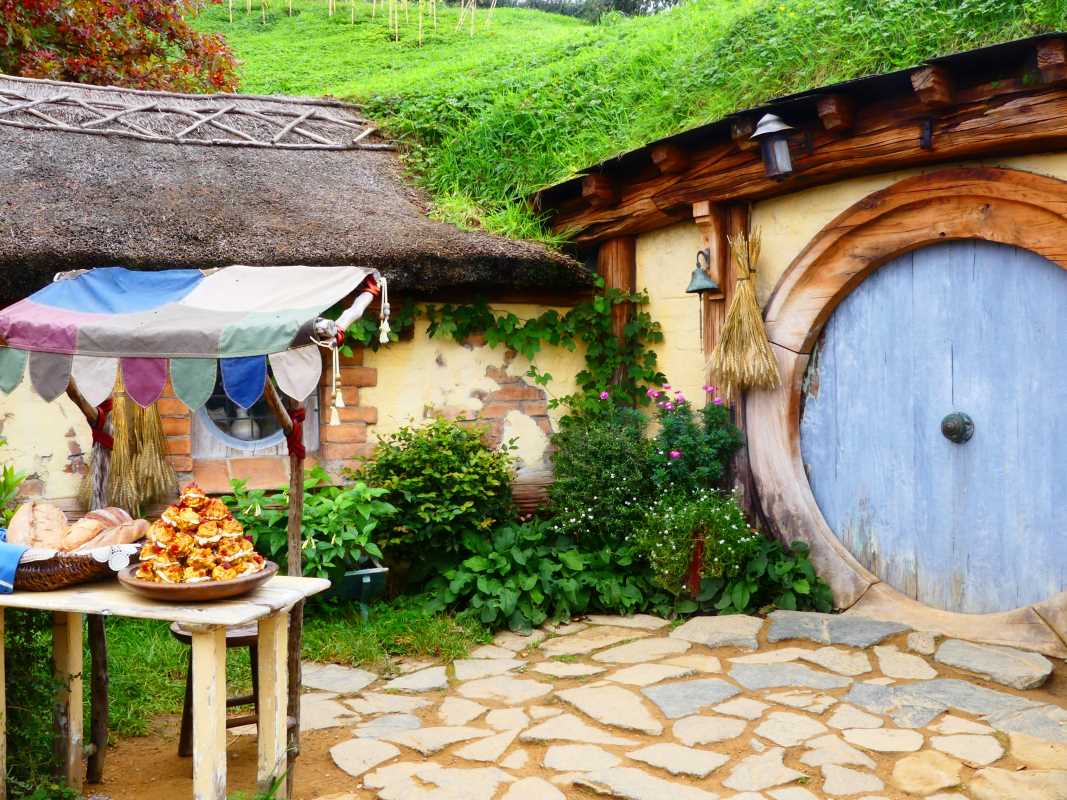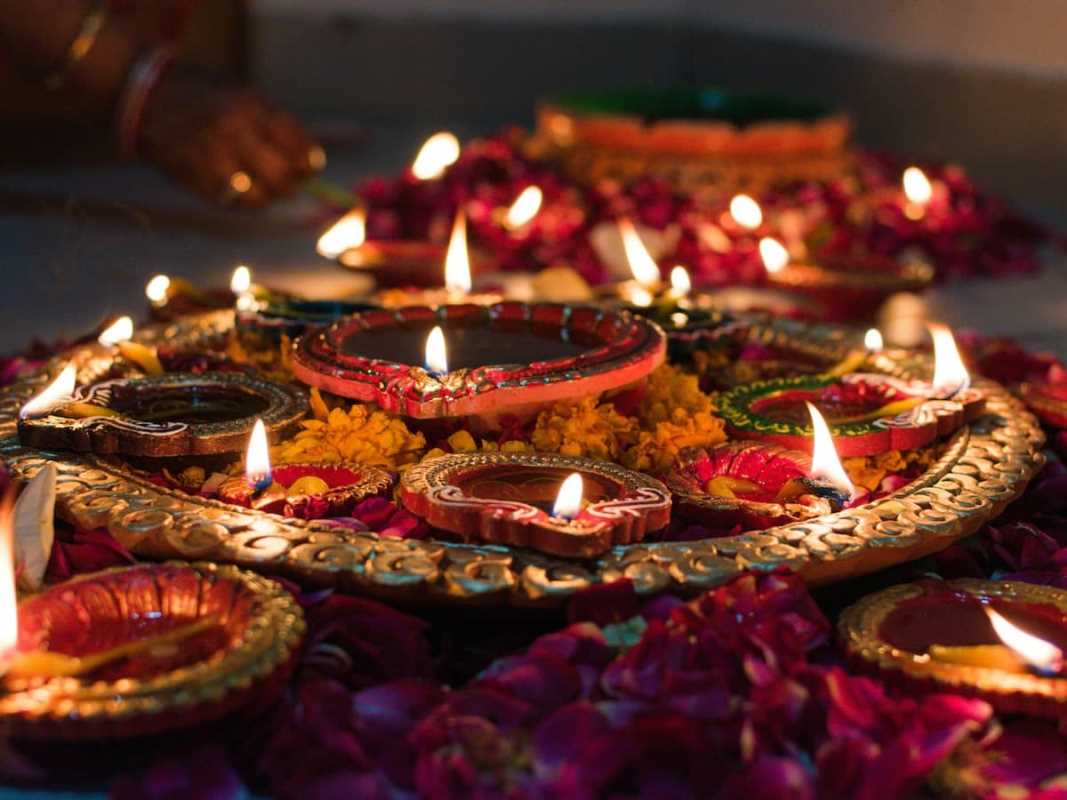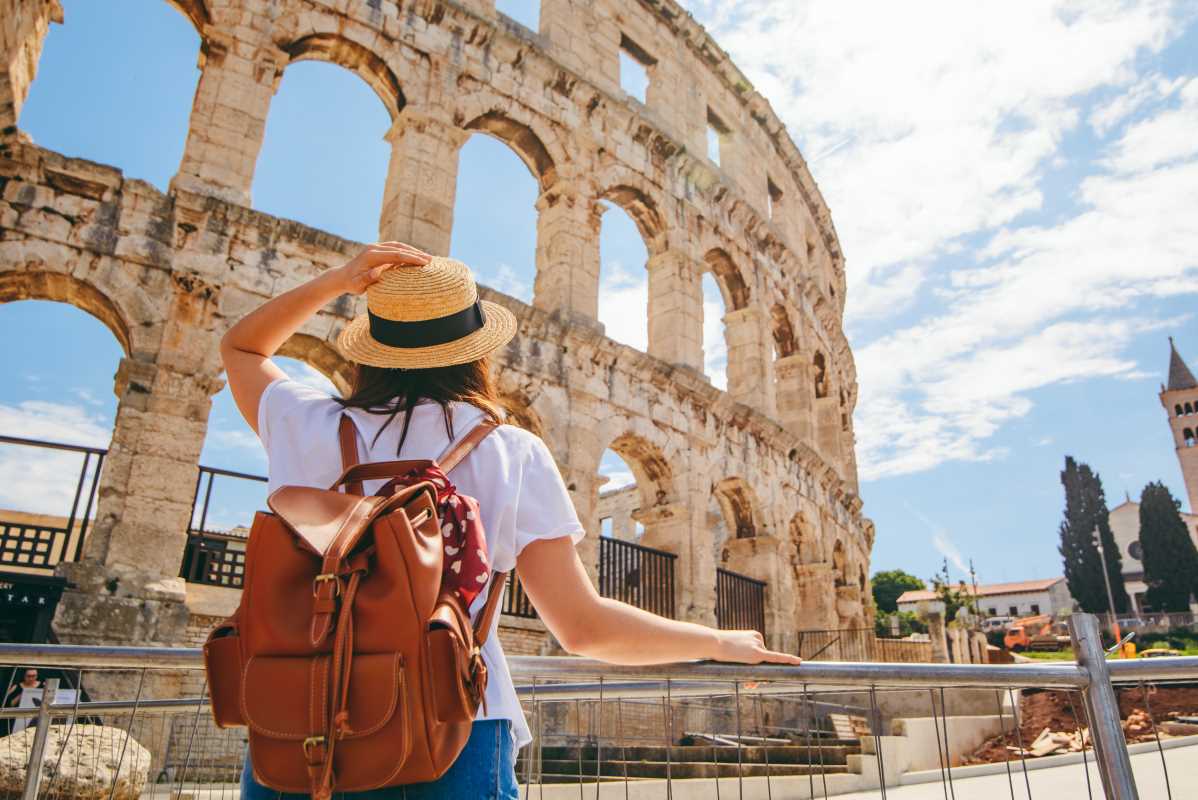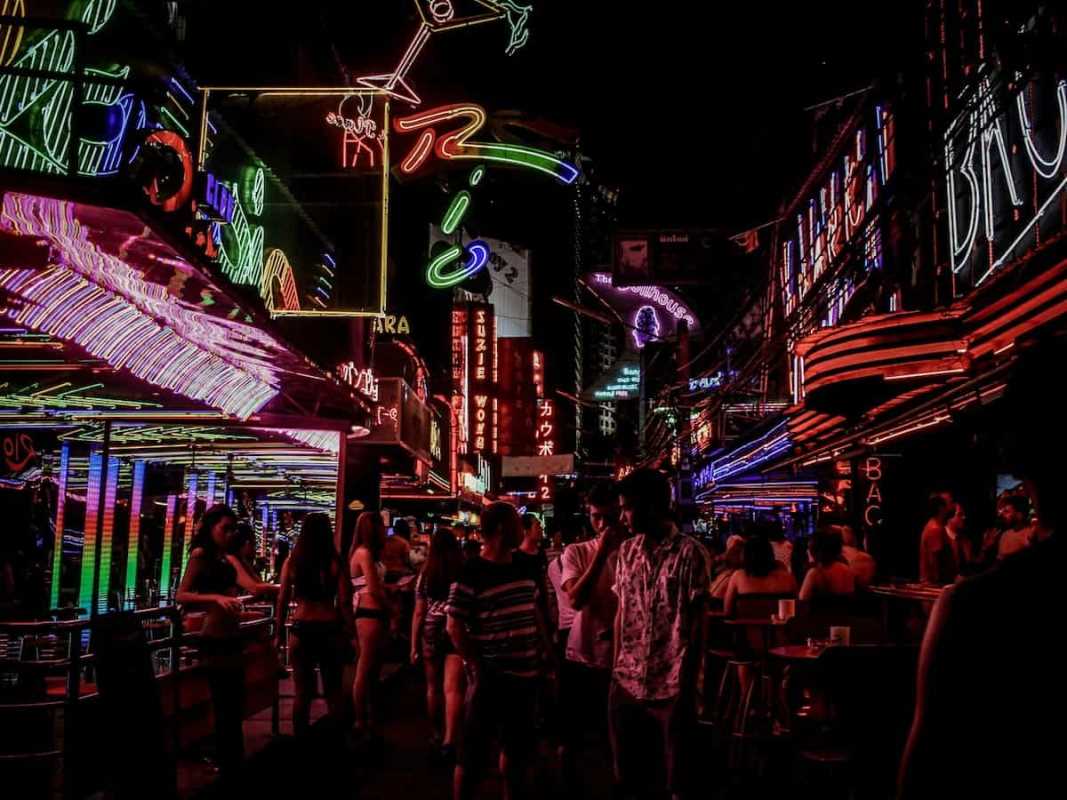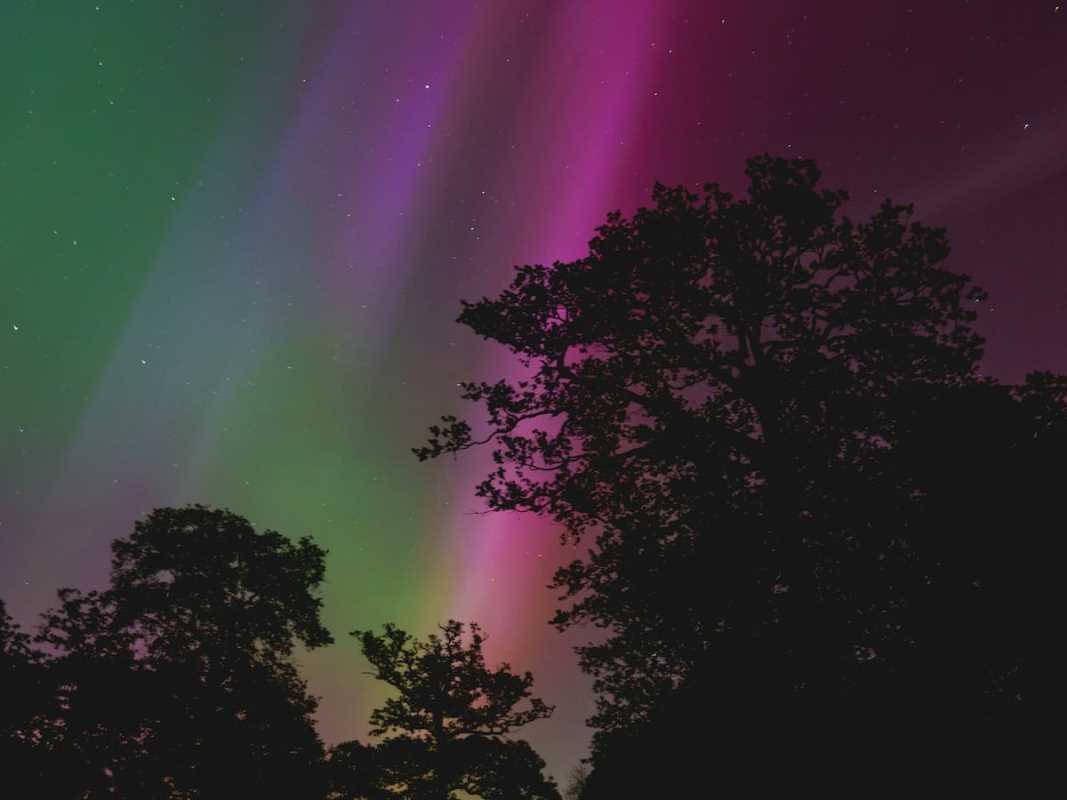Japan's cherry blossom season captures hearts around the world with its stunning display of delicate pink and white petals that transform the entire country into a breathtaking wonderland. This annual phenomenon, known as sakura, represents far more than just beautiful flowers—it embodies the Japanese philosophy of mono no aware, the bittersweet awareness of the impermanence of all things. For centuries, the fleeting nature of cherry blossoms has symbolized life's precious yet temporary moments, reminding us to appreciate beauty while it lasts. The blooming period typically lasts only one to two weeks, making it a rare and special experience that draws millions of visitors from across the globe. The tradition of hanami, or flower viewing, dates back over a thousand years and remains one of Japan's most beloved cultural practices, bringing families and friends together for picnics beneath the blooming trees. As 2025 approaches, travelers worldwide are already planning their journeys to witness this natural spectacle that promises to create unforgettable memories and deeper connections to Japanese culture and philosophy.
Understanding the Cherry Blossom Timeline
The cherry blossom season follows a predictable pattern that begins in southern Japan and gradually moves northward, creating what meteorologists call the "cherry blossom front." In 2025, the season is expected to start in late January in Okinawa, where the subtropical climate allows for the earliest blooms in the country.
By mid to late March, the cherry blossoms will reach the major cities of southern and central Japan, including Tokyo, Kyoto, and Osaka. Peak bloom typically occurs about one week after the first flowers open, when at least 80% of the blossoms on each tree have emerged. This peak period represents the absolute best time for viewing, as the trees display their full glory before the petals begin to fall.
Northern regions like Sendai and Aomori won't see their cherry blossoms until late April or early May, extending the viewing season well into spring. Hokkaido, Japan's northernmost island, experiences the latest blooms, often not reaching peak season until mid-May. This extended timeline allows dedicated cherry blossom enthusiasts to follow the blooming front across the entire country.
Weather patterns significantly influence bloom timing, with unusually warm or cold temperatures potentially shifting dates by several days or even weeks. The Japan Meteorological Agency releases regular forecasts starting in January, providing increasingly accurate predictions as the season approaches.
Premier Viewing Locations Across Japan
Tokyo offers numerous spectacular viewing spots, with Ueno Park leading the way as one of the city's most popular hanami destinations. This expansive park features over 1,000 cherry trees of various species, creating a pink canopy that attracts both locals and tourists. The park's central location and easy accessibility make it perfect for first-time visitors.
Shinjuku Gyoen provides a more refined cherry blossom experience with meticulously maintained gardens and diverse tree varieties that extend the blooming season. The park's three distinct garden styles—Japanese traditional, English landscape, and French formal—offer different perspectives on cherry blossom viewing within a single location.
Kyoto's philosophical legacy shines during cherry blossom season, with the Philosopher's Path offering a contemplative walk along a canal lined with hundreds of cherry trees. The path connects several temples and shrines, combining natural beauty with spiritual significance that enhances the viewing experience.
Mount Fuji provides the most iconic cherry blossom photography opportunities, with the Kawaguchi Lake area offering stunning views of sakura in the foreground and Japan's sacred mountain in the background. The slightly higher elevation means blooms appear later than in Tokyo, typically reaching peak beauty in late April.
Osaka Castle Park transforms into a pink paradise with approximately 4,000 cherry trees surrounding the historic fortress. The contrast between the traditional architecture and delicate blossoms creates one of Japan's most photographed scenes during sakura season.
Avoiding Crowds and Finding Hidden Gems
Popular viewing spots can become extremely crowded during peak season, especially on weekends. Arriving early in the morning, ideally before 8 AM, allows for more peaceful viewing and better photography opportunities before the crowds arrive. Weekday visits generally offer more relaxed experiences than weekend outings.
Lesser-known local parks often provide equally beautiful cherry blossom viewing with significantly fewer visitors. Researching neighborhood parks near your accommodation can lead to delightful discoveries and more intimate hanami experiences away from tourist crowds.
Evening illuminations, called yozakura, create magical viewing opportunities after dark when many daytime visitors have departed. Many parks and temples offer special lighting during cherry blossom season, transforming the trees into ethereal displays that feel completely different from daytime viewing.
Consider exploring viewing spots in smaller cities and towns along the cherry blossom front. Places like Takayama, Kanazawa, or Nikko offer stunning sakura displays with more authentic local atmospheres and fewer international tourists.
Cultural Traditions and Hanami Etiquette
Hanami parties are central to Japanese cherry blossom culture, with groups gathering under blooming trees for picnics, drinks, and celebration. Participants typically spread blue tarps on the ground and enjoy traditional foods like bento boxes, sakura mochi (cherry blossom rice cakes), and seasonal treats.
Reserving spots for hanami parties often begins very early in the morning, with group members taking turns guarding prime locations throughout the day. This practice, while competitive in popular areas, reflects the communal spirit and dedication surrounding cherry blossom viewing.
Traditional hanami foods enhance the cultural experience, with many featuring pink colors or cherry blossom flavors. Sakura tea, made from pickled cherry blossom petals, offers a unique taste that embodies the season's essence. Convenience stores stock special cherry blossom-themed snacks and beverages during the season.
Respectful behavior during hanami includes properly disposing of trash, avoiding damage to trees, and being mindful of noise levels in public spaces. Many parks have specific rules about alcohol consumption and party duration, so checking local regulations ensures a positive experience for everyone.
Planning Your 2025 Cherry Blossom Adventure
Booking accommodations well in advance is essential, as cherry blossom season represents Japan's busiest tourist period. Hotels, ryokans, and vacation rentals fill up quickly, especially in popular destinations like Tokyo and Kyoto. Consider staying slightly outside major cities for better availability and lower prices.
Transportation planning becomes crucial during peak season, with trains and buses experiencing higher demand. Purchase rail passes before arriving in Japan to ensure access to the extensive train network that connects cherry blossom viewing locations across the country.
Weather preparation should include layers for varying temperatures and rain gear for spring showers. Cherry blossom season coincides with Japan's transition from winter to spring, meaning temperatures can fluctuate significantly throughout the day.
Photography equipment considerations include bringing portable tripods for evening illumination shots and extra batteries for extended outdoor shooting sessions. The soft pink colors of cherry blossoms can be challenging to capture accurately, so understanding your camera's white balance settings improves photo quality.
